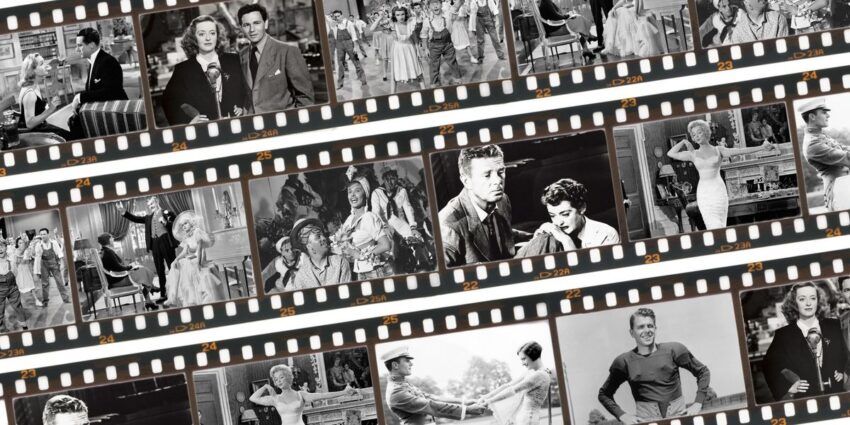Lights, camera, action! Step into the captivating world of Classic Hollywood, where dreams were realized and masterpieces were born. In this blog post, we’ll delve into 10 fascinating facts about filmmaking during this iconic era. From the studio system to technological advancements, we’ll explore the secrets that shaped the golden age of cinema. So, grab your popcorn, and let’s dive in!
Fact 1: Studio System
The studio system was the backbone of Classic Hollywood. Major film studios controlled every aspect of the filmmaking process – from production to distribution. This centralized system allowed studios to produce a staggering number of films and maintain creative control over their projects.
Fact 2: The Hays Code
To regulate film content, the Motion Picture Production Code, also known as the Hays Code, was implemented. This strict set of guidelines ensured that films adhered to moral standards, limiting explicit content and controversial themes.
Fact 3: Star System
Classic Hollywood created larger-than-life stars who became symbols of glamour and aspiration. The star system played a vital role in shaping the industry, with studios carefully crafting and promoting personas to captivate audiences worldwide.
Fact 4: Technological Advancements
The Classic Hollywood era witnessed remarkable advancements in filmmaking technology. From the introduction of synchronized sound in “talkies” to the use of Technicolor for vibrant visuals, these innovations revolutionized the art of storytelling on the silver screen.
Fact 5: Production Design
Production design played an essential role in creating the immersive cinematic worlds of Classic Hollywood. Elaborate sets, lavish costumes, and meticulous attention to detail transported audiences to different eras and enchanting locations.
Fact 6: Genre Development
Classic Hollywood saw the rise and evolution of various film genres, including musicals, film noir, westerns, and romantic comedies. Each genre brought its unique storytelling conventions, contributing to the rich tapestry of cinema.
Fact 7: Directorial Styles
The Classic Hollywood era showcased the distinct directorial styles of talented filmmakers. From Alfred Hitchcock’s suspenseful storytelling to Orson Welles’ innovative techniques, these directors left an indelible mark on the art of filmmaking.
Fact 8: Film Censorship
Film censorship was a significant concern during this era. The Hays Code and various censorship boards imposed restrictions on content deemed inappropriate or controversial, leading to creative challenges and occasional clashes between filmmakers and censors.
Fact 9: Marketing and Promotion
Classic Hollywood revolutionized film marketing and promotion. From star-driven publicity campaigns to grand premieres and movie tie-ins, the industry pioneered innovative strategies to captivate audiences and elevate the allure of cinema.
Fact 10: Legacy and Influence
The legacy of Classic Hollywood continues to shape modern filmmaking. From storytelling techniques to iconic film stars, the influence of this era can be seen in contemporary cinema, paying homage to the golden age of Hollywood.
Conclusion
In conclusion, the Classic Hollywood era holds an irreplaceable place in the history of filmmaking. Its impact continues to resonate, inspiring generations of filmmakers and captivating audiences worldwide. So, the next time you sit down to watch a classic film, remember the fascinating facts that contributed to its creation. Lights may have dimmed on this era, but its enchantment will forever illuminate the world of cinema.

